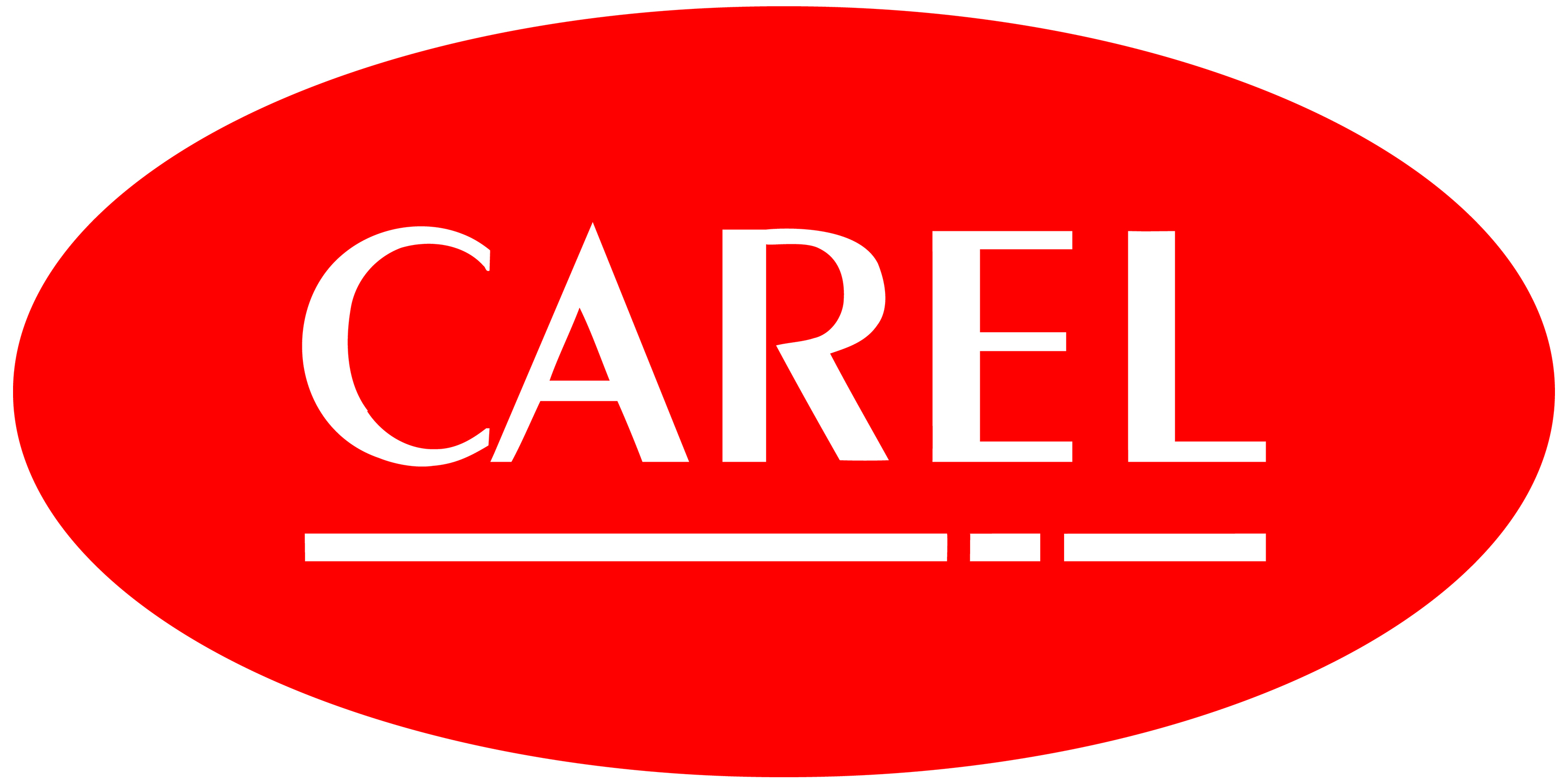What is the seasonal energy performance ratio?
The SEPR is calculated to give a more precise value of the true performance of the system in different operating conditions. In other words, the cooling capacity and electrical power input are measured at different ambient temperatures, so that the variations in load and ambient temperature throughout the year are taken into account. To calculate the variations in outdoor temperatures across the year under average climate conditions in Europe, the Ecodesign regulation includes a table with the hours per year that a certain temperature occurs (this combination of temperature-hours is called a bin). Each bar in the following graph represents a bin.
What are the Ecodesign regulations for heat pumps?
There are two Ecodesign regulations that include the requirements for different types of heat pumps: ENER Lot 1 and ENER Lot 21 (Commission Regulations 813/2013 and 2016/281).
What is the charge limit of propane for split systems?
Split systems, which are appliances with a remote refrigeration unit or compressor, are the exception and will still have a charge limit of 150 grams.
What is the charge limit of propane according to IEC 60335-2-89?
The change on everyone’s lips at the moment involves that the charge limit of propane, which has increased from 150 to 500 grams. This is just an example of what the standard specifies: the charge limit when using flammable refrigerants increases from 150 g to the lower between 13×LFL or 1.2 kg. This means that 500 grams is the maximum charge allowed in commercial appliances containing propane, as the LFL of propane is 0.038 kg/m3. Thus, when using refrigerants with a LFL higher than 0.092 kg/m3, such as A2 and A2L, the maximum charge allowed is 1.2 kg. It is important to note that split systems, which are appliances with a remote refrigeration unit or compressor, are the exception and will still have a charge limit of 150 grams.
